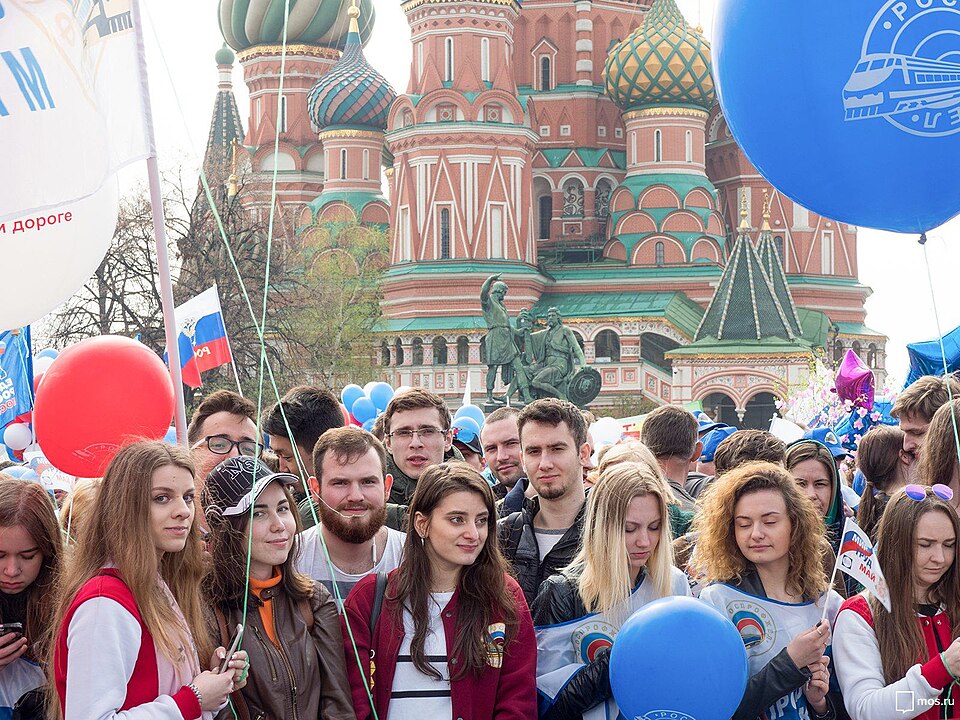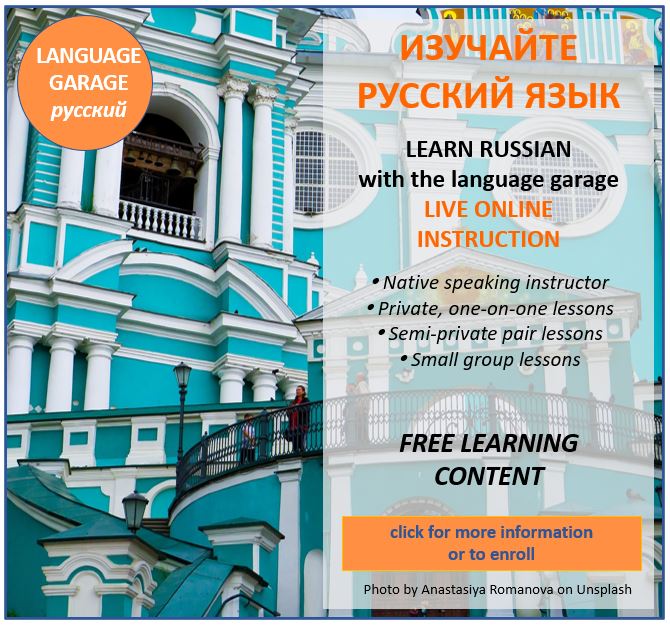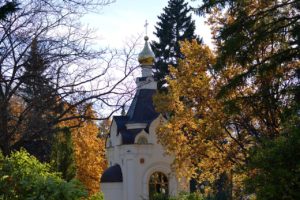Праздник Весны и Труда: Russia’s Spring and Labor Day
On May 1st, Russia joins many countries around the world in celebrating Spring and Labor Day, known as Праздник Весны и Труда in Russian. This holiday once held strong ideological meaning during the Soviet era. But in post-Soviet times it has evolved into a springtime celebration of rest, unity, and the renewal of nature.
Historical Origins of Russia’s Spring and Labor Day
Праздник Весны и Труда traces its roots to the labor movement of the 19th century, particularly the 1886 Haymarket affair in Chicago. What began as a peaceful demonstration for workers’ rights and an eight-hour workday became violent and deadly. This event became a symbol of international worker solidarity and was adopted as День международной солидарности трудящихся (International Workers’ Day) by many socialist and communist countries.
The Советский Союз (Soviet Union) elevated May 1st to one of its most important public holidays. It was a day of mass парады (parades), демонстрации (demonstrations), and displays of military and industrial strength, especially in Красная площадь (Red Square) in Moscow. Citizens would carry флаги (flags), signs with лозунги (slogans), and portraits of leaders, showing unity with workers around the world.
Since the dissolution of the Soviet Union in 1991, the ideological focus of the holiday has softened. In modern Russia, the day is officially known as Праздник Весны и Труда (Spring and Labor Day). This emphasizes not just labor, but also the joy of spring and nature’s renewal.
Modern Celebrations of Russia’s Spring and Labor Day
May 1st is now a нерабочий день (non-working day), and most people spend it outdoors. They may enjoy пикники (picnics), семейные встречи (family gatherings), and прогулки на природе (walks in nature). Some cities still hold peaceful demonstrations and митинги профсоюзов (trade union rallies). However, these are far smaller and more localized than in Soviet times.
Many people mark the occasion by grilling шашлык (shashlik), a type of marinated meat cooked on skewers over an open flame, similar to shish kebab. This has become a beloved May Day tradition across Russia.
Families often retreat to their дачи (dachas, countryside cottages) to start planting gardens and to enjoy the spring weather. In this sense, the holiday also symbolizes a return to the land and nature, a secular rhythm deeply rooted in Russian life.
In larger cities, you might see концерты (concerts), уличные ярмарки (street fairs), and салют (fireworks), though the scale varies widely by region.
С Первым Мая! Happy May Day!
While its revolutionary fervor has cooled, Russia’s Spring and Labor Day remains an important national holiday in Russia. It continues to represent themes of solidarity, renewal, and community. For many, it’s a chance to rest and reconnect — with nature, with family, and with traditions both old and new.
It also marks the unofficial start of a festive season in Russia. The holidays often extend through День Победы (Victory Day) on May 9. This makes early May a time of reflection, pride, and appreciation for both history and the beauty of spring.
Get on the road to speaking Russian with the Language Garage!
We hope you’ve enjoyed learning about Russia’s Spring and Labor Day. If you’d like to learn more:
- Follow us on Facebook, LinkedIn, BlueSky, Twitter, Threads, Mastodon, Instagram, or Pinterest. We publish lots of Russian vocabulary, grammar, and culture notes, so it’s a great way to pick up some new vocabulary and practice.
- Check out our other posts on Russian language, culture, and more.
- Enroll in affordable, flexible, and personalized private online Russian lessons or sign up for a small group online Russian class.
- Create a free Language Garage account to access tons of Russian vocabulary, grammar, and culture.
Image Source Wikimedia Commons






